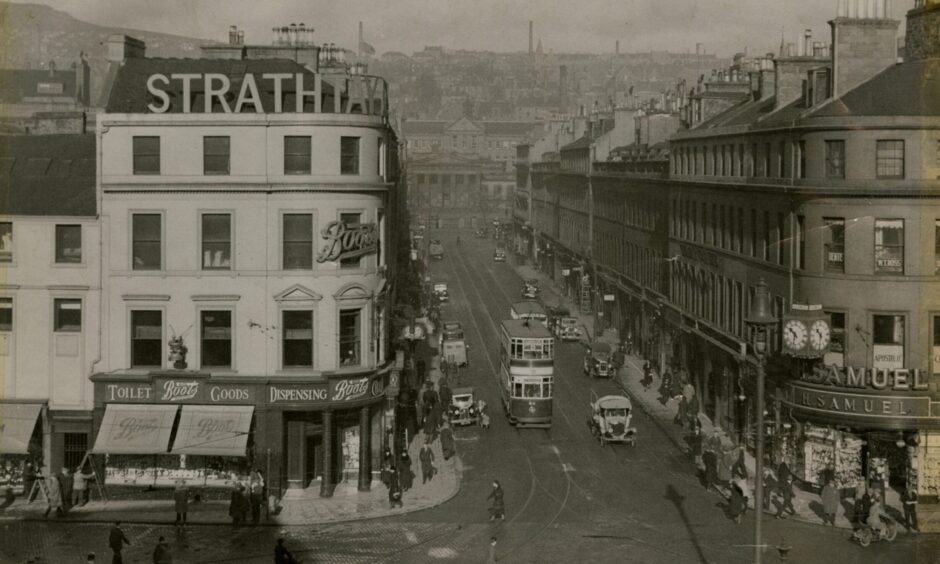
Dundee’s street names are a living memorial to the past.
There are nods and tributes to famous visitors.
Some hark back to long-lost buildings or forgotten customs.
And with time, whole streets, pends and wynds have been demolished, often taking with them their wealth of myths and legends.
How many are really true?
Before the warren of buildings that was the old Overgate was obliterated to make way for the Overgate Centre, Thorter Row was a short lane that ran through the block of houses between High Street and Overgate.
One story relating to its naming has it that at the time of the Reformation, priests had to hide.
When some of them were discovered, they had their legs cut off at the knee and were made to walk on stumps down the lane.
One woman who lived there cried out the window: “Must ye torture us a’?” and henceforth the lane became known as Torture Row and later Thorter Row.
A less gruesome version has it that Thorter Row is just a corruption of the word athwort, meaning from side to side, because the lane ran between the two larger streets.
Thorter Row, entertainingly, has re-emerged in the City Quay development where a two-bedroom first-floor flat may be had for around £170,000.
Changed days.
Not all of the streets disappeared
What about Beefcan Close, which used to run between Victoria Road and King Street and was home to the city’s poorest residents?
So destitute were the inhabitants, the story goes, that they were forced to pawn their cooking utensils.
Then they went to the local grocer and asked him for the empty canisters that had contained salted or processed meats and used them as pots and pans.
Bucklemaker Wynd, now widened and dubbed Victoria Road, owes its name to the buckles made there that once adorned the shoes of the fashionable folk of the time.
Some streets couldn’t even make up their own minds.
Legend has it that Mary Ann Street had two nameplates spelled differently at either end.
One had it as Ann, the other Anne.
It is thought the Mary Ann(e) in question was one member of the philanthropic Baxter family who gave the city the park that bears their name.
There are many intriguing Dundee names, now long gone, of uncertain origin.
For instance: Fish Street; Mint Close; Daniel’s Brae or Candy Phins Close.
Not all the streets disappeared, though.
Many just acquired a change of name.
Barrack Street has been Friar’s Wynd or Vennel as it led to the Greyfriars’ Monastery on what is now Meadowside; then it became Burial Wynd in reference to the Howff.
The name Barrack Street came when Dudhope Castle was occupied by the military and the street was the main route to the castle.
Steam Loom Brae?
It is now known as Market Street, off East Dock Street, and it is thought the old name was earned because the first steam loom in the city came into operation in that locality.
The dawning of a new day
What about Peep o’ Day Lane, between Blackscroft and East Dock Street?
Peep o’ Day Lane refers to the former residence of Dundee Jacobite Walter Ogilvy of Clova, who lived in Peep o’ Day House but was forced to flee after Culloden.
It is thought that he, or a subsequent owner, gave the lane its name because the first glimpse (peep) of the dawning of a new day could be had from the mansion’s east-facing windows.
The location of Peep o’ Day House will now be included in the site for the Eden complex.
Brown Constable Street referred to another landowning dynasty, named after Lawrence Brown Constable.
The names of the streets show there is more to Dundee’s past than jute mills, and are a reminder the city is a medieval settlement.
Couttie’s Wynd actually dates back to around these times, when the name of streets, wynds and closes changed to reflect who owned the principal house.
It was originally known as Spalding’s Wynd, after the family who had lived there for generations.
William Couttie, a butcher, was enrolled as a burgess of Dundee in 1521, with the family owning properties on the west side of the Wynd, and the name was changed from Spalding’s Wynd to commemorate this.
New Inn Entry, one of the oldest streets, refers to the entrance of an inn that dates back to the 15th Century.
One of the modern city’s principal roads, Reform Street, dates back to the Parliamentary reform period of the 1830s, which took George Kinloch to Westminster as Dundee’s first-ever Member of Parliament.
Hospital Wynd, which was at the top of the Hilltown, never held a hospital, but was granted to the city by the ruling sovereign of the time with the proviso that any rents go towards the upkeep of the hospital, or poorhouse as it was called.
Carolina Port owes its name to a Mr William Lindsay, a corn merchant who ran ships to South Carolina, USA, and docked them at a pier in that area.
One of the city’s oldest thoroughfares is the Murraygate, which dates from the 14th Century, when it was known as the Moray-gait in honour of Randolph, Earl of Moray, the companion-in-arms of Wallace and Robert the Bruce.
The original spelling for Overgate and Wellgate and Murraygate was gait – Scots for a road or path, with port for the doors you opened.
So the Wishart Arch, still standing, was known as the Cowgait Port – the customs doors at the end of the Cow path.
Soapwork Lane and Candle Lane were the location of the works of Joseph Sanderson, candlemaker, in the early years of the 19th Century.
Sugarhouse Wynd was so named after the works there, the first manager being Mr Wiedemann, who was brought from Holland to control the business.
There’s East Whale Lane, Baltic Street and Baffin Street, inspired by Dundee’s role in the whaling industry and linen trade.
Upsetting privileged Dundonians
Hilltown was originally known as Rotten Row.
Wellgait — where the Wellgate Shopping Centre is now — had a barrier to keep out those living in the Row because they upset more privileged folk.
Brook Street, always known as The Burn, was the Scourin Burn, and with stories of the women washing clothes on its banks, it might have had an almost rural ambience.
Caird Avenue, Ogilvie Street, Maitland Street and Malcolm Street are names all taken from Dundee’s jute barons.
The Maxwelltown area of Dundee once belonged to the Maxwell family of Tealing and Nelson Street, opened in 1841, was to be Parnell Street after Sir Henry Parnell, MP for the town from 1837, but following his suicide it was hastily decided to name the street after Admiral Horatio Nelson.
Crichton Street is after the famous surgeon John Crichton, whose house had to be acquired when the street was laid out and who made the condition it be named after him.
But inspiration can also strike from sources beyond city limits.
Outside the city centre, Ardler street names have been inspired by famous golf courses.
And in Whitfield several streets have been named after areas of East Lothian, including Haddington Avenue and Berwick Drive.
Some names of what were once outlying districts of Dundee have obvious origins, others not so obvious.
Beechwood is so-called because there was once a copse of beech trees and Blackshade (shade means slope) because it is situated on the cold, therefore black, side of the Law.
Old Dundee street names – where was Kragy in the 1950s?
The origin of Mid Craigie’s name is not quite so apparent.
Craigie, or craggy, bank is the slopes down to the river, but the Mid part is not in the middle of the bank or anything like it.
The name came about because there were once three farms stretching out along the crag, and what is now the housing scheme is on the middle one on the way east.
The three farms were: Old Craigie, Milton of Craigie and Strips Of Craigie.
Rev Timothy Pont, Scotland’s first map maker, clocked Craigie in the 1590s as Kragy.
And Downfield has nothing to do with any meadow on a gradient.
A new village was founded in 1835 on land once owned by a poultry farmer, John Wishart, who dealt in feathers and down from his birds.
He rejected the idea of calling the new village Wishartfield to perpetuate his own name.
But he obviously felt the animals that had made his fortune were more worthy, as the name Featherfield was considered before he finally decided on Downfield.
More recently, Bash Street was created on a road in West Marketgait in honour of badly behaved Beano school pupils, The Bash Street Kids.
Adam Drive and Adam Crescent were named after architect William Adam who designed the former “Pillars” Town House in the city centre, which was demolished to make way for the city square in 1932.
And times past were celebrated in street and place names for Dundee’s new £1 billion waterfront including Thomson Avenue, which marks the contribution to Dundee of James Thomson, who was city architect between 1906 and 1924.
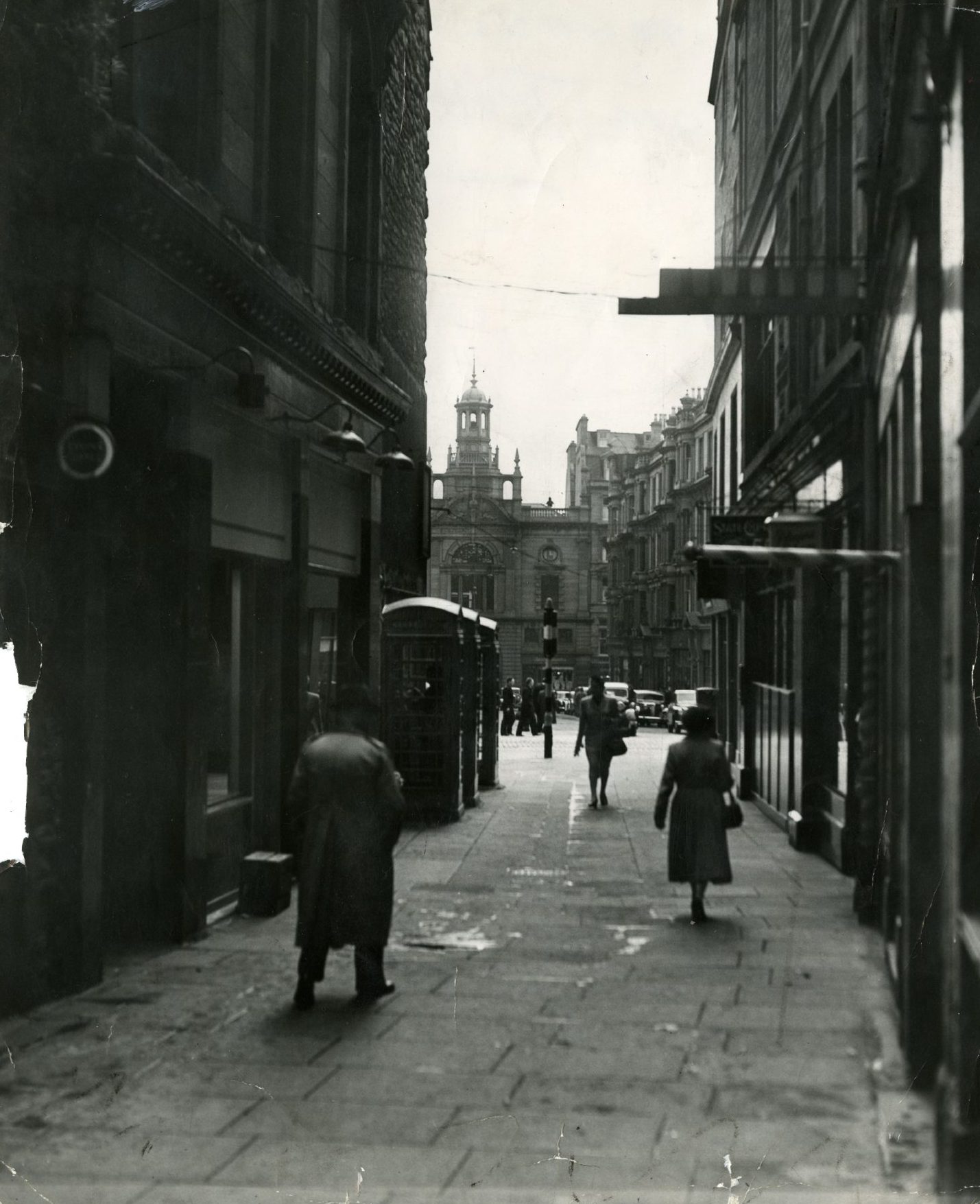
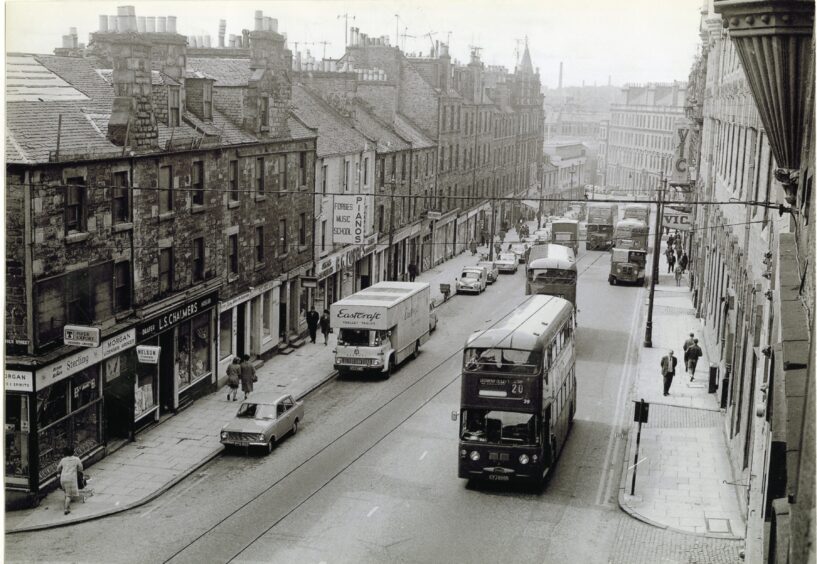
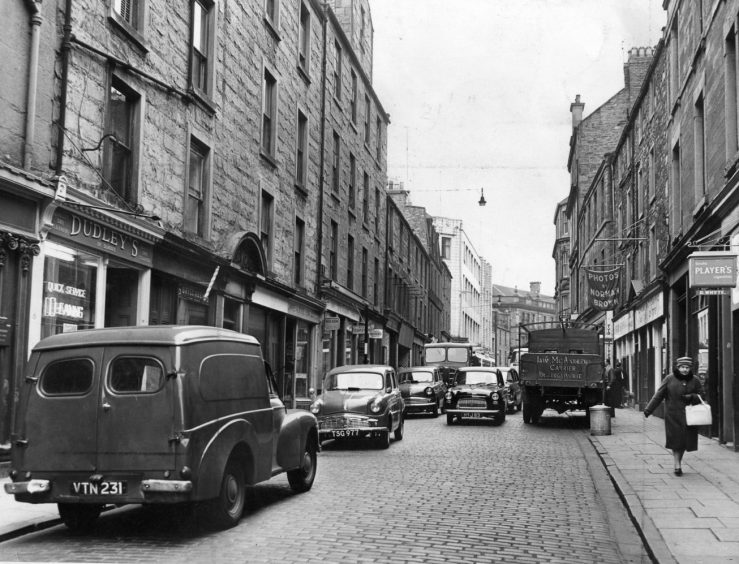
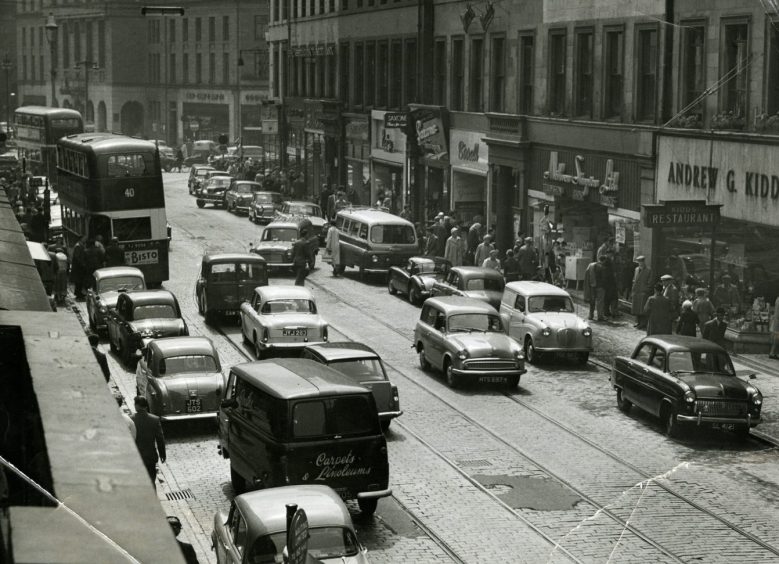
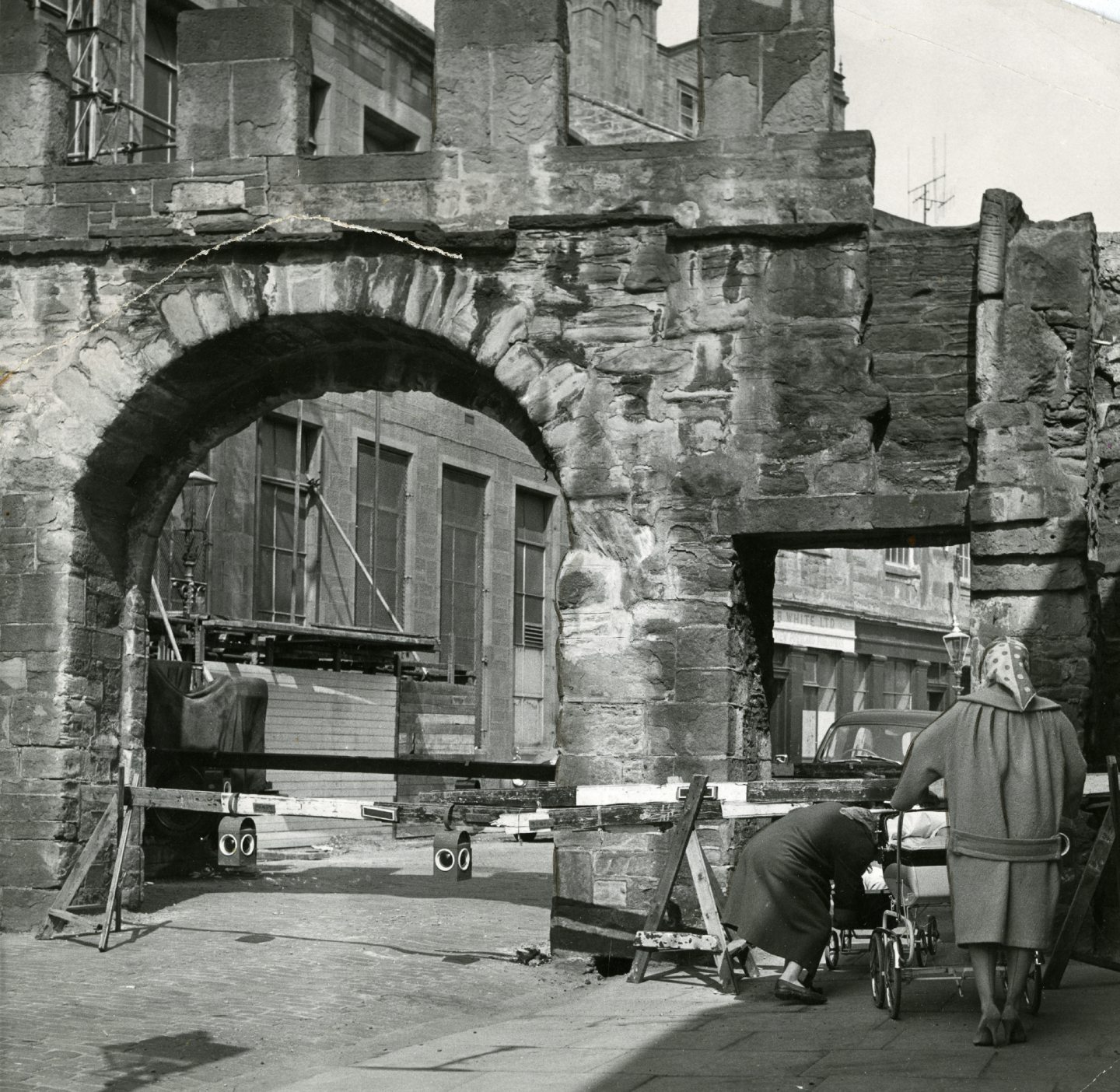
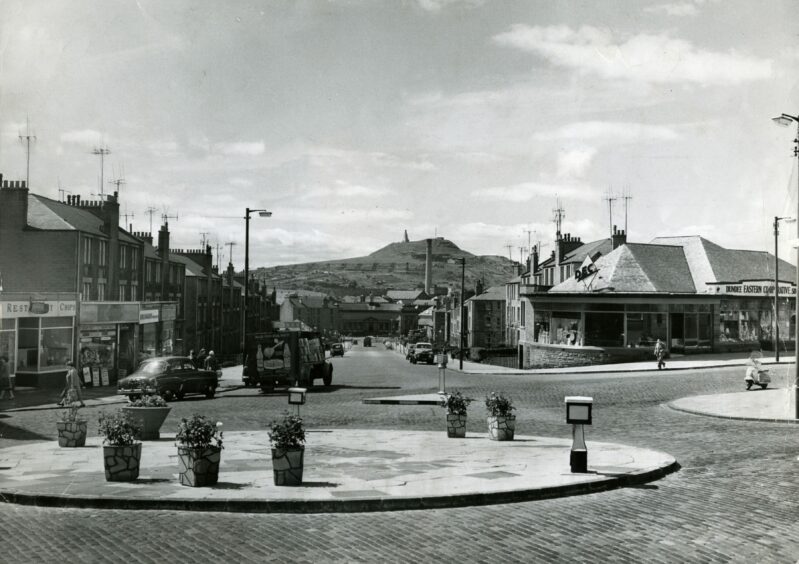
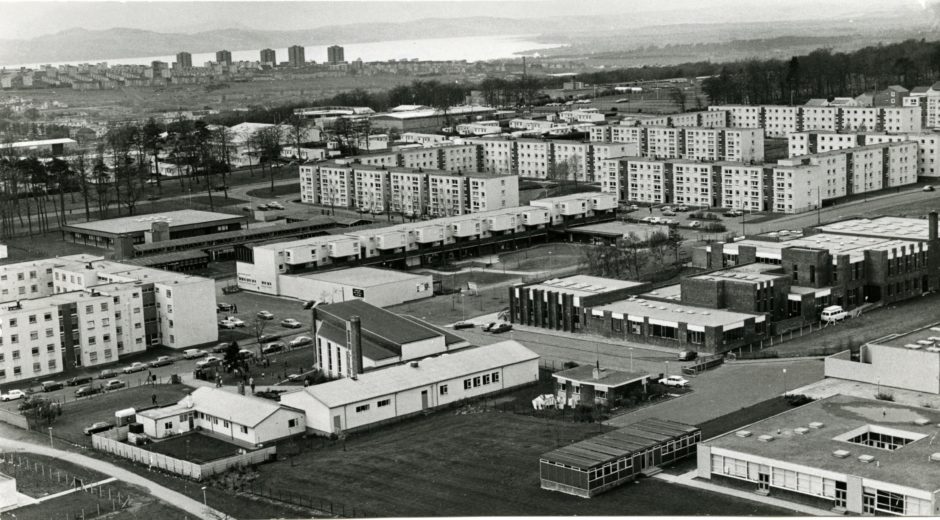
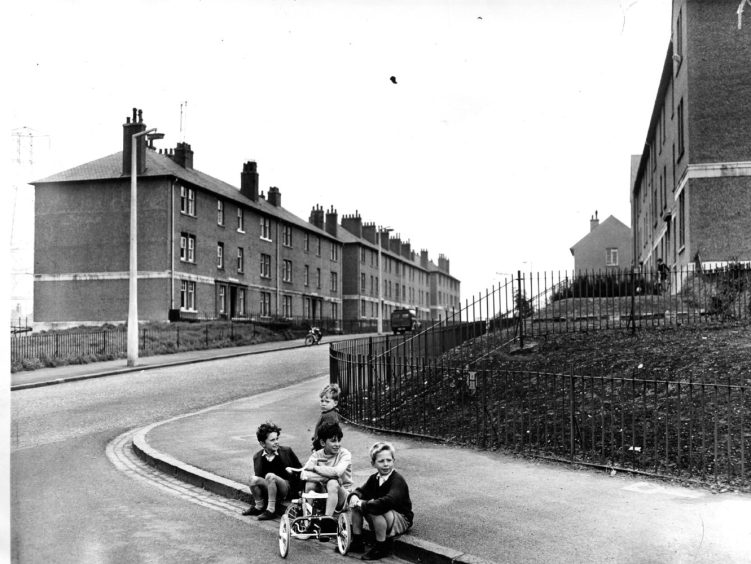
Conversation